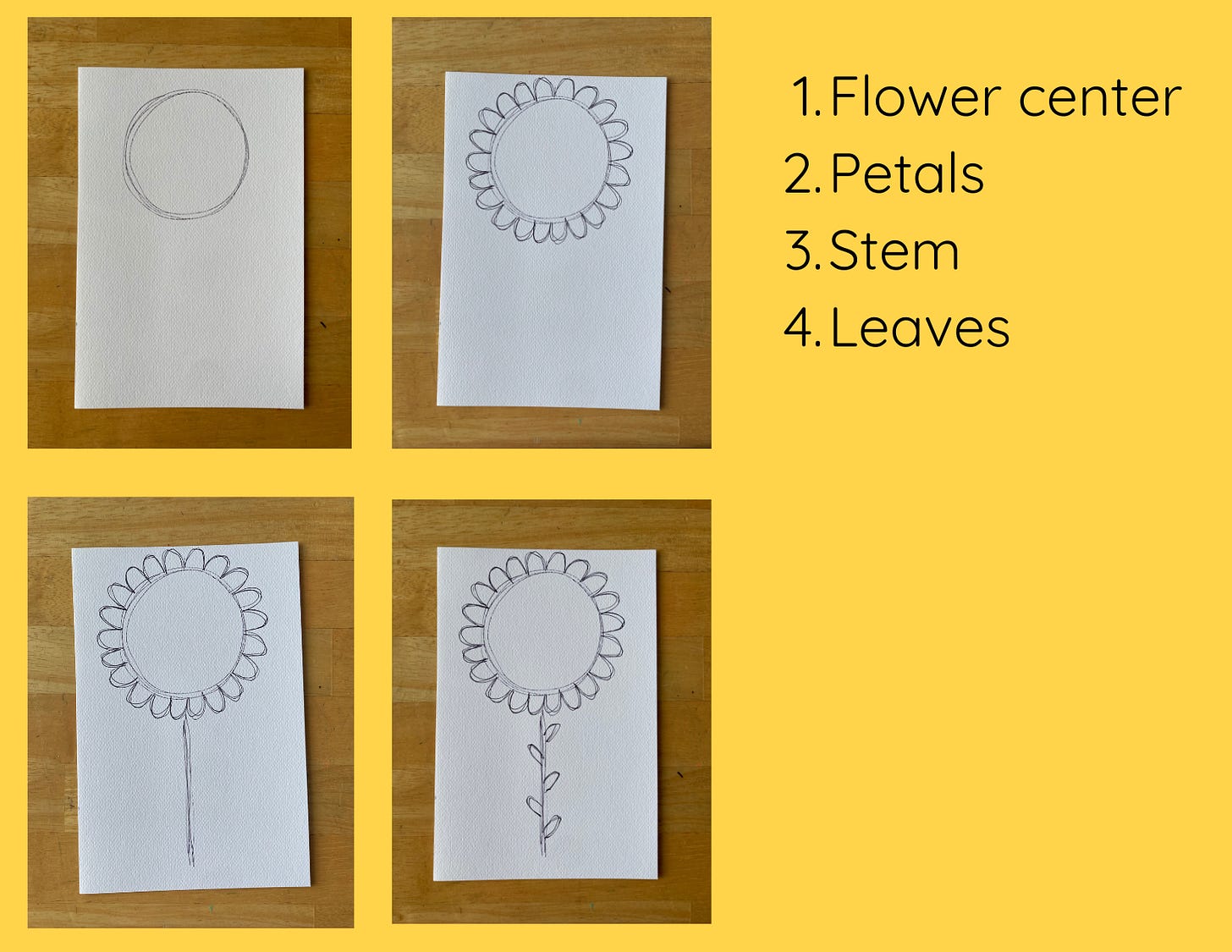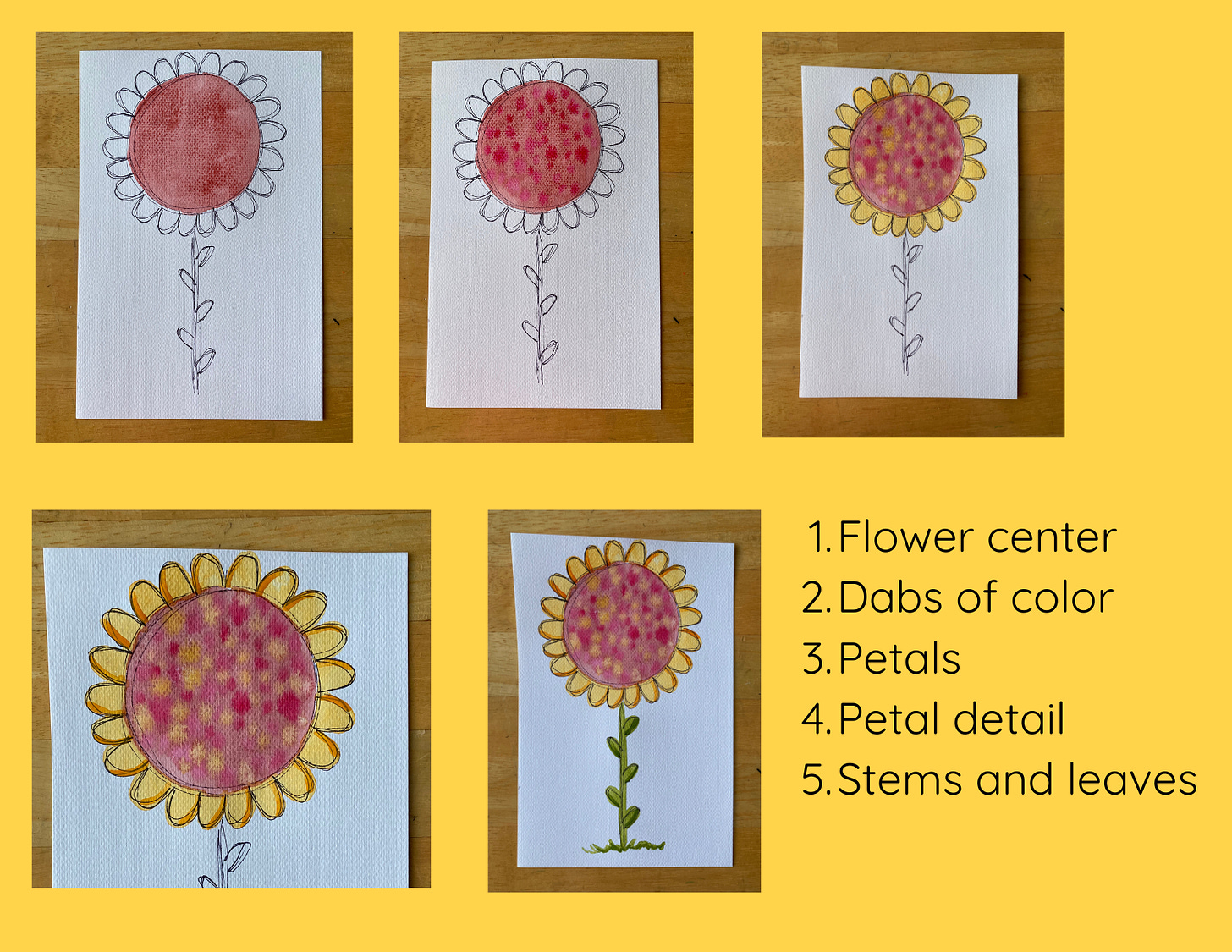The Big Book of Blooms by Yuval Zommer is a big and beautiful book all about flowers. Full of information and images that are sure to delight people of all ages, this book contains everything you ever wanted to know about flowers, and probably more. Like…you might be surprised to learn that some flowers are pollinated by bats! And…the organ pipe cactus doesn’t grow a flower until it’s 35 years old!
This book is a visual delight, and its large format will make it all but irresistible for little readers, who will enjoy flipping through the pages to pore over the detailed illustrations. The Big Book of Blooms isn’t exactly a book that you will read aloud in one sitting, but it’s perfect for enjoying together one chapter at a time.
Read: The Big Book of Blooms by Yuval Zommer
Discuss:
Do you have a favorite flower? Did it change after you read the book?
What is the most interesting fact you learned from this book? The most surprising?
How many flowers in this book did you recognize? Which of them have you seen growing in your own yard or neighborhood?
Is this a book you would read again? Why or why not?
Ideas for things to do:
Take a walk in your neighborhood or a hike in the woods and note any flowering plants that you see.
Visit a botanical garden.
Plant some flowers (there’s some information on growing your own flowers in the back of the book).
Make a flower-inspired art project. You could draw a picture of a flower you see, make a tissue paper flower, or try the whimsical flower painting idea below.
Whimsical Watercolor Flower
You will need:
Paper. Watercolor paper is best, but card stock or a mixed media paper will also work.
Sharpie or other waterproof marker
Watercolor paints
Water cup
Paintbrush
To draw the flower:
On the top half of the paper, draw a large circle. You want it to fill a lot of space while leaving room for the flower petals. To give it a “sketchy” feel, go around the circle several times in a loose, flowing motion.
Draw the petals. The petals are simple U shapes. Give them a “sketchy” feel similar to the circle by drawing over them 2 or 3 times.
Draw the stem, sketching over it several times.
Draw the leaves on the stem, alternating sides and using the same drawing technique as you did for the petals.
To paint the flower:
Paint the center. Make a watery puddle of your chosen color and fill the flower center.
While the paint is still WET, choose another color and dab little drops of paint onto what you painted before. The new color will bleed into the previous paint. This is what you want! Do this with another color if you want.
Choose a different color for your petals, then paint them in. Don’t worry too much about staying in the lines. Let the petals dry. Tip: you can use a hair dryer on a cool setting to help the paint dry faster.
Using the same petal color, paint a line on one side of each flower petal.
Using green, paint the stem and leaves in the same way. Paint a little bit of grass at the bottom.
Optional: Make some bees buzzing around your flower. Draw your bees with an oval shaped body, a small circle head, and two little wings on their backs. You can give your bees little legs too, if you want. Paint their bodies yellow. Then, once the yellow is dry, use black to paint their heads and stripes.





Comments